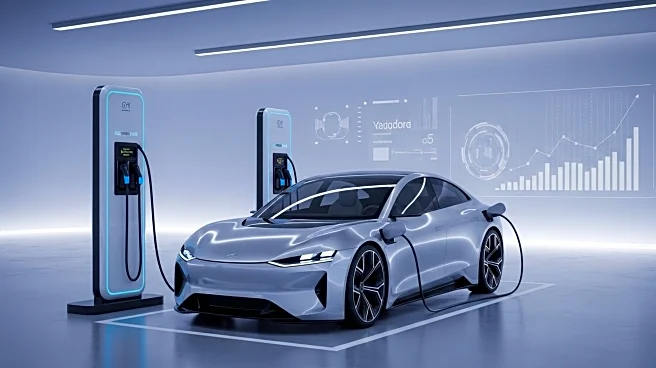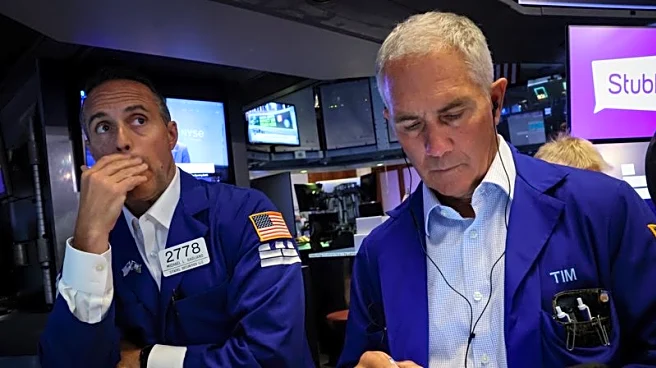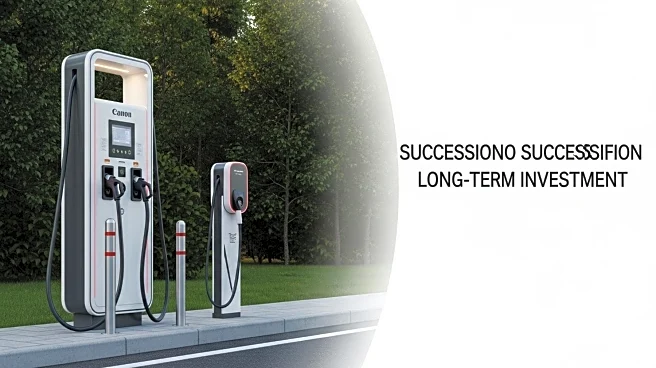What's Happening?
Tesla's stock has seen a significant increase, trading at its highest level since January. This surge is attributed to an optimistic forecast by Piper Sandler analyst Alex Potter, who raised the stock price target to $500, indicating a potential 17% upside. The analyst's confidence in Tesla's future performance comes amid broader market movements, with the Nasdaq showing weakness compared to other major indexes. Additionally, Tesla CEO Elon Musk was observed having a brief interaction with President Trump over the weekend, which may have influenced investor sentiment.
Why It's Important?
The rise in Tesla's stock price is significant for investors and the automotive industry, as it reflects growing confidence in the company's ability to achieve new milestones. The analyst's forecast suggests that Tesla could reach all-time highs, which would further solidify its position as a leader in the electric vehicle market. This development could attract more investors and potentially increase the company's market capitalization. Moreover, the interaction between Musk and President Trump might have implications for Tesla's business environment, particularly in terms of regulatory and policy considerations.
What's Next?
Investors and market analysts will be closely monitoring Tesla's stock performance to see if it continues to rise and meets the new price target set by Piper Sandler. The company's future announcements and strategic decisions, especially those related to product development and market expansion, will be crucial in maintaining investor confidence. Additionally, any further interactions between Musk and political figures could impact Tesla's business operations and investor sentiment.
Beyond the Headlines
Tesla's stock surge highlights the broader trend of increasing interest in electric vehicles and sustainable energy solutions. As Tesla continues to innovate and expand its product offerings, it may influence other automakers to accelerate their transition to electric vehicles. This shift could have long-term implications for the automotive industry, including changes in manufacturing processes, supply chain dynamics, and consumer preferences.












